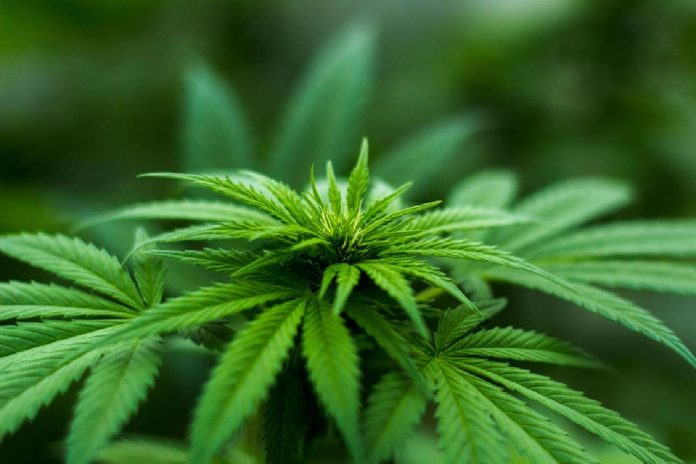In the artistic sphere, creativity is the goal, but doesn’t always come easy. For centuries, artists have searched for ways to channel this creativity and unlock new dimensions in their work. For some, cannabis has emerged as a surprising ally in this artistic odyssey. No longer relegated to whispers and backrooms, cannabis is now on the canvas, contributing to the artistic process.
Table of Contents
The Connection Between Cannabis and Creativity
Art and cannabis have shared an intertwined history. Many claim that cannabis helps break mental shackles, instilling a heightened state of awareness. Users often report enhanced sensory perception, deeper emotional connections, and a more fluid thought process. This altered state can stimulate creative instincts, allowing ideas to flow more freely.
While scientific research is still in its infancy, anecdotal evidence paints a compelling picture. Artists like Bob Dylan and David Bowie have been vocal about cannabis’s contributions to their creative endeavors. They suggest that cannabis provides a fertile ground for novel ideas, encouraging an inventive approach to both art and music.
The relationship goes beyond anecdotal stories, with psychologists and cognitive scientists beginning to examine how cannabis affects divergent thinking—the mental process most strongly linked with creativity. Some early studies suggest that it might reduce inhibitions, allowing the mind to explore unconventional ideas with less self-censorship. Though not a guarantee of genius, this aspect could help foster an environment conducive to free thought and exploration for artists.
It is important, however, to consider not just the immediate impacts but also the long term effect of cannabis use on creativity and health. Understanding these influences can offer artists a more holistic perspective, helping them navigate their artistic journeys more thoughtfully.
Artistic Techniques Enhanced by Cannabis
One of the most alluring aspects of cannabis is its ability to boost different artistic techniques. For painters, using cannabis can mean more vibrant colors and abstract forms. Musicians might experience an enhanced connection with rhythm, melody, and harmony. Writers often find that words flow more readily, untangling writer’s block and bringing imagination to the fore.
Creative expressions aren’t simply limited to traditional art forms. In an age where digital tools are creatively abundant, many graphic designers and digital artists report that cannabis helps in brainstorming and shaping unique digital elements. For those engaged in video editing or other visual narration crafts, the plant is said to unravel a more expansive creative vision.
For textile artists, cannabis might inspire a fresh approach to patterns and textures, allowing them to push boundaries and redefine their art narratives. Sculptors might engage more deeply with the three-dimensional space, feeling free to challenge traditional forms and structures. The ability to reimagine familiar concepts in unexpected ways becomes the base of their creative laboratory.
Misconceptions and Challenges
Despite the interplay between cannabis and creativity, there’s no magic formula. The process remains intrinsically unique to each individual. Critics argue that cannabis impairs memory and concentration, adversely impacting productivity. While this is undoubtedly true for some, many artists report selective benefits even with these downsides.
The art world, more than any other, thrives on individual differences. What works as a catalyst for one may stifle another. The nuanced means by which cannabis affects creativity necessitates careful consideration and mindful experimentation.
Another challenge artists face is the residual stigma attached to cannabis use. This often results in hesitancy to openly share their experiences or advocate for its creative potential. With more dialogue and cultural acceptance, such barriers will potentially diminish, offering artists a bolder platform to express and harness these effects in their work without prejudice or fear of judgment.
The Role of Setting and Dosage
While cannabis can unlock creative potential, it is by no means a one-size-fits-all solution. The environment, as much as the substance itself, plays a big role in shaping the creative experience. Relaxing spaces adorned with familiar stimuli can enhance the benefits, while chaotic or stressful settings can smother creativity.
Dosage further complicates the equation. Too little might not yield the desired creative shortcuts, while too much can result in haziness or lethargy. For artists exploring this territory, it comes down to trial and error to discover the delicate balance that amplifies their personal creative process.
Recent developments in cannabis cultivation and product diversity present artists with an array of options to tailor their experiences. From edibles to oils and varied strains, artists can select from a range of products that support their unique pathways to creation. This freedom allows for a customized cerebral journey, akin to choosing colors on a painter’s palette.
The Future of Cannabis in Art
As cannabis becomes more integrated into contemporary culture, its artistic applications will inevitably increase. More than a fad, this relationship presents a transformational change in how the artistic mind operates. Whether through facilitating mind-expanding conversations, dismantling creative barriers, or changing the hues of a canvas, cannabis is engraved into the mosaic of modern creativity.
With society inching toward broader acceptance and the promise of upcoming research, the synchronization of art and cannabis will remain a canvas still in the making. Whether as a muse or message, the plant’s role in art will be as vivid as the palettes it helps inspire.

